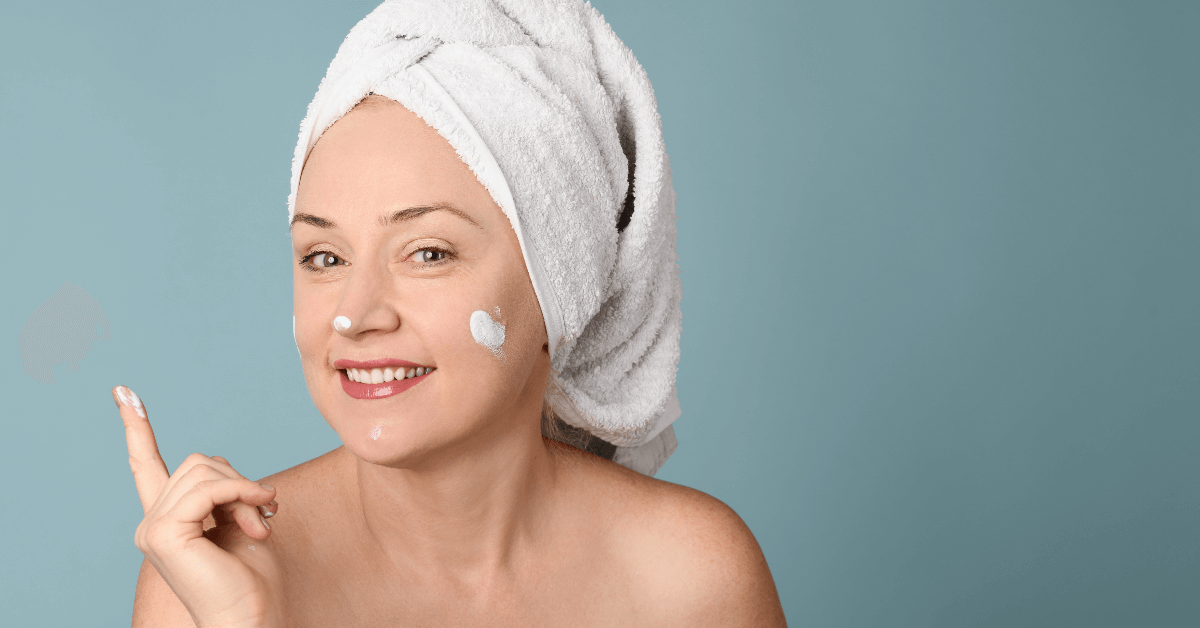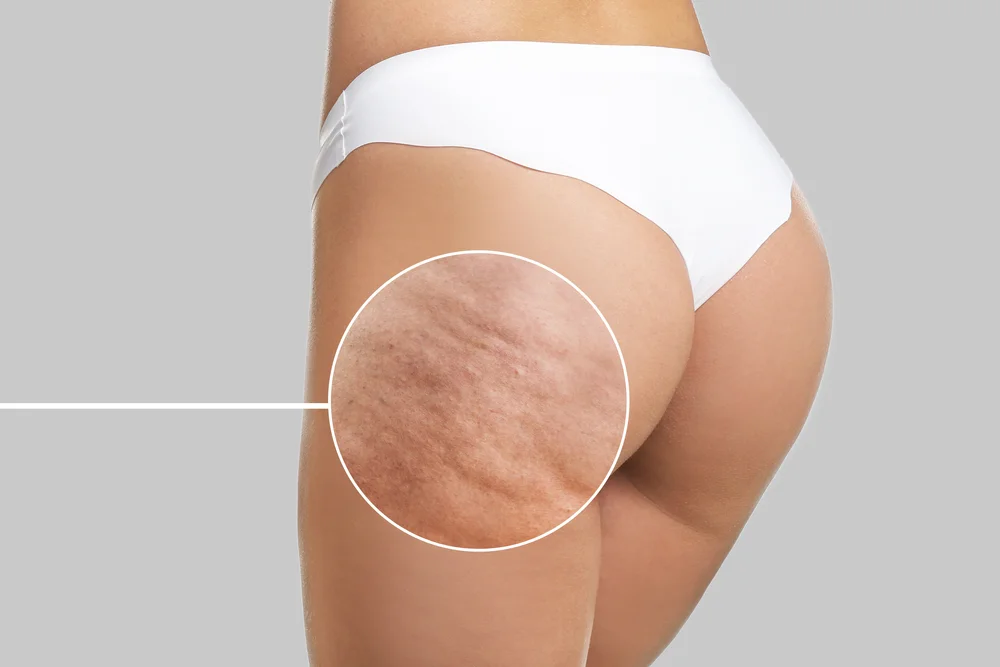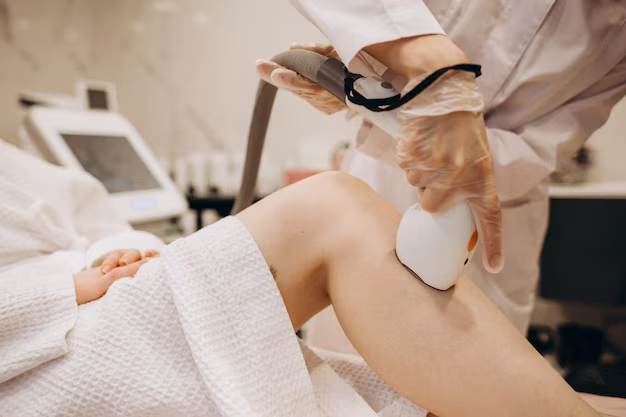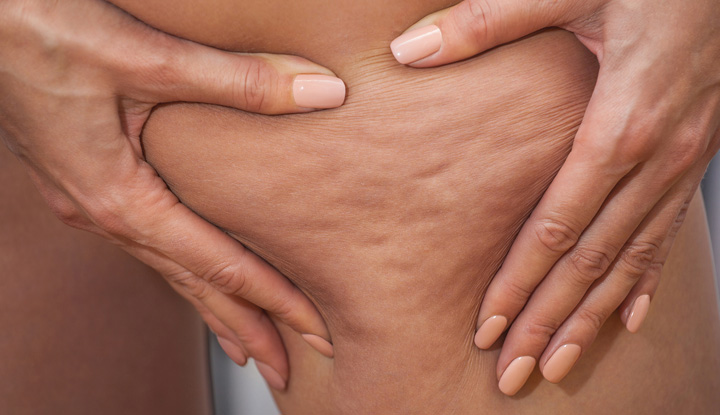Often, people become curious about their skin type. While there are many myths surrounding skin type, the truth is that everyone’s skin is different, and what works for one person may not work for another. Trying to figure out your skin type can be a bit of a challenge, but it’s not impossible. Here’s a quick guide to help you determine what skin type you have.
Types of Skin
- Normal Skin
This is the easiest skin to have because it doesn’t have any of the dryness or oiliness common with other types. It’s also the most common type of skin, making up around 40% of all people. Normal skin stays clear, even if it is a little paler than other types.
- Oily Skin
Oily skin is most common in adolescents and young adults because their bodies still produce hormones that cause excess oil production. It is prone to acne and other breakouts because oil easily clogs its pores. Most people with oily skin also experience blackheads and whiteheads on their noses and chin.
So, how do you pick a good night cream for oily skin?
With so many options out there, it cannot be easy to decide which one is right for you. Here are some tips to help you choose a cream that will give your skin the nourishment it needs without causing breakouts.
Good night cream for oily skin is the key to preventing pimples and acne during the night. It is best to use an oil-free cream and thick enough not to dry out the skin, leaving it feeling tight. The cream should be applied after cleansing the face and before bed. Facial oils can clog pores and make for an unappealing complexion in the morning, so choose an oil-free night cream if you have oily skin.
A great cream will have salicylic acid or glycolic acid in it that helps to exfoliate the dead skin cells that clog pores. A good night cream for oily skin will also contain ingredients like witch hazel to tighten pores, vitamin E to help hydrate the skin, and green tea extract to help reduce inflammation and redness of pimples.
What can you do to keep it healthy and clean? Here are some skin care routine for oily skin:
- Cleansing: Cleansing is a proven skincare for oily skin. Oily skin needs to be cleaned to remove excess dirt, debris, and makeup that builds up on top of the pores. Cleansers containing harsh chemicals or scrubbing beads should be avoided as they can irritate the skin, which in turn causes the liver to produce even more oil.
- Toning: After cleansing, a toner is applied to remove any residue left behind by the cleanser. Toners with alcohol should be avoided as they not only dry out your face but also strip off essential oils from your face.
- Use a moisturizer with salicylic acid. Salicylic acid is an exfoliant that helps get rid of dead skin cells and reduces the amount of oil produced by your skin.
- Dry Skin Type
Dry skin tends to feel rough, even sandy, to the touch. It often appears itchy or scaly and may flake off in large amounts. This type of skin tends to be more susceptible to premature aging, wrinkles, and other common signs of aging.
- Sensitive Skin
Sensitive skin is caused by an overreaction to external triggers, which can include fragrances, stress, weather conditions, and pollutants. There is a mistaken belief that sensitive skin is synonymous with dry skin. It can be very greasy or excessively oily. However, it’s the sensitivity of the skin that causes the problems.
The main culprits are detergent residues and synthetic fragrances in shampoos, soaps, and other beauty products. Exposure to UV radiation from the sun or from tanning salons can also cause irritations and breakouts.
- Combination Skin Type
Combination skin can be somewhat unpredictable. It’s not too oily and not too dry. The combination of the two leads to a skin type that gets oily in some places and dry in others. This makes combination skin one of the trickiest skin types to treat because it requires an appropriate skincare routine.
So, which skin type are you? If you are still wondering, don’t worry. It can be confusing, to say the least. But hopefully, we have provided some helpful information that helps you determine your skin type.
FAQs
What are the 4 types of skin?
Four basic skin types exist: oily, normal, combination, and dry. Knowing your skin type can help you select products that are best for you.
How can I identify my skin type?
The best way to identify your skin type is by taking your skin’s hydration levels into consideration. Dry and dehydrated skin will feel rough and scaly, while oily and combination skin will appear shiny and greasy. The hydration level of your skin can also be determined by looking at the size of your pores. Pores on an oily complexion tend to be larger than those on a dry complexion, which are usually smaller in size and more visible.
What is an oily skin type?
Oily skin is a skin type with an excessive amount of sebum (oil) in the pores. Those with oily skin tend to have larger pores, which causes their skin to look shiny and greasy. The excess sebum can also cause breakouts. Oily skins are generally prone to blackheads and whiteheads.
Which skin type is best – oily or dry?
There is no better skin type than the other. All you need is to know your skin type and how to manage it.







